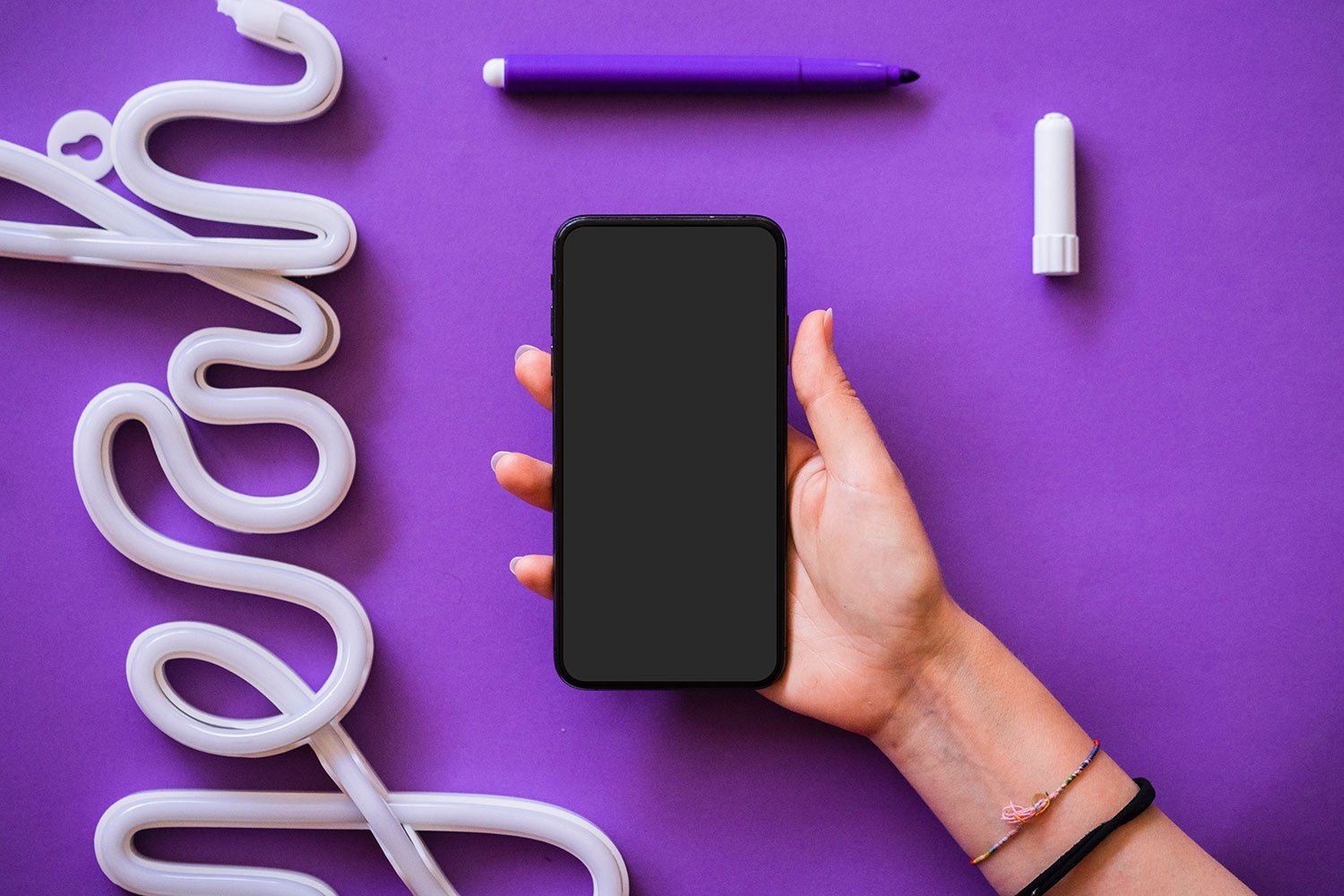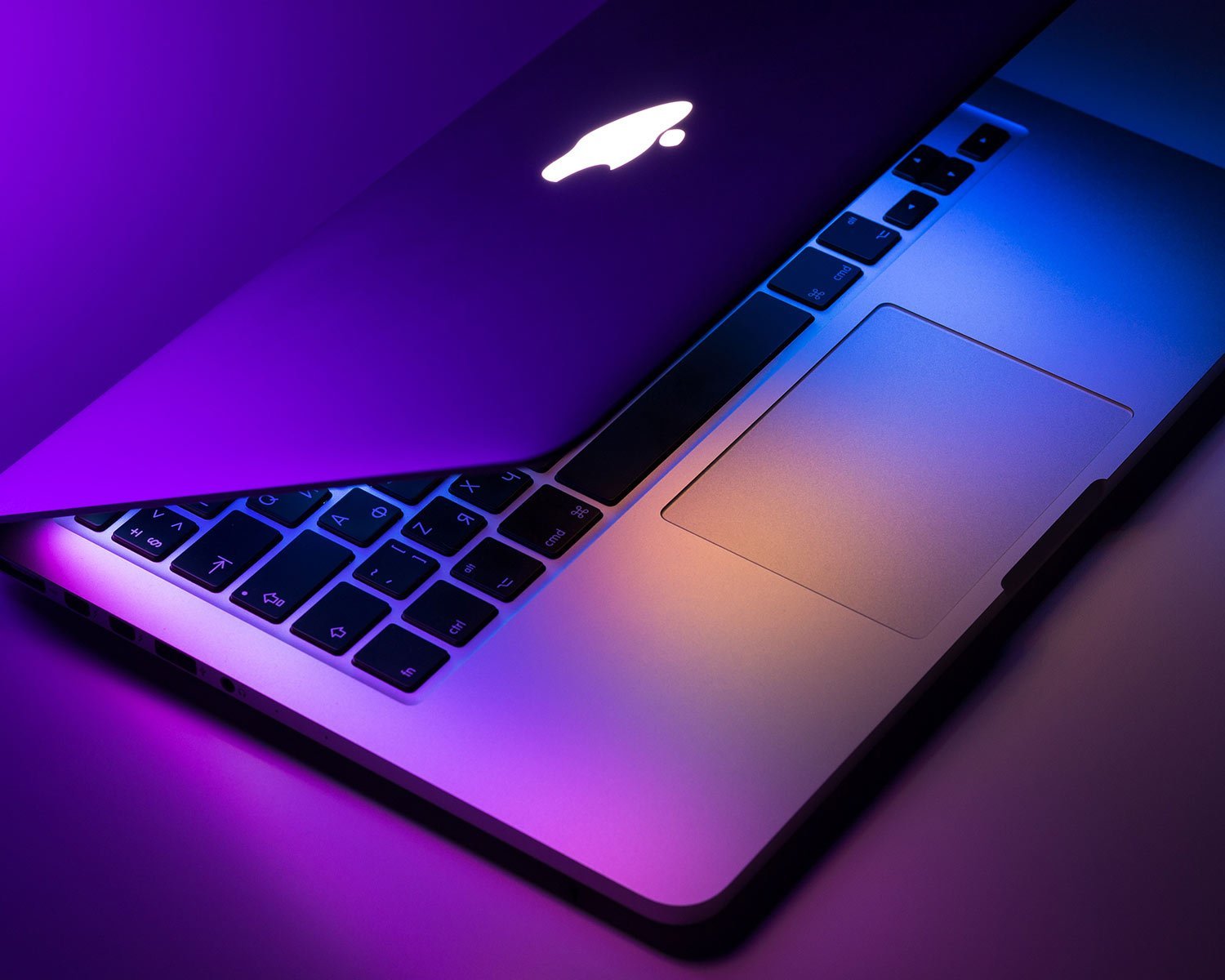https://www.youtube.com/watch?v=sDZgqgyEcLs
Let me take you back to the moment I almost hit ‘publish’ on a video that took me just thirty minutes to create. No fancy editing, no personal touch. Just a string of cute animal clips stitched together by a popular AI tool. That was last month. Today, uploading something like that could cost me my entire channel’s monetization—if not more. With YouTube’s latest policy rollout, it feels like the ground is shifting under every creator’s feet. But what exactly is going on? And do you really need to panic? Let’s break it down, honestly and with no hype.
1. The Copy-Paste Crisis: Why YouTube Is Pulling the Plug on Mass Produced Content
Lately, I’ve noticed a big shift in how YouTube is handling monetization, especially when it comes to Mass Produced Content and Repetitive Videos. Starting July 15, 2025, YouTube’s new policy is putting these types of channels under the microscope. The main target? Channels that use AI to churn out video after video with almost no human input or creative effort.
This isn’t just about the technology. It’s about the value—or the lack of it. I’ve seen countless channels bulk-uploading animal clips, using tools like VO3 to generate content with just a few prompts. There’s no editing, no commentary, and honestly, no personal touch. These videos might rack up millions of views, but under the new rules, that won’t matter. If the content is considered low-effort or “unoriginal,” YouTube will deny or even revoke monetization.
The policy specifically calls out AI-Generated Content that’s repetitive or mass produced. For example, those “brainrot” style shorts—quick, flashy, and nearly identical to each other—are now at high Demonetization Risks. The same goes for reaction channels and compilation videos that don’t add anything new or meaningful. Research shows that YouTube wants creators to add real value, whether that’s through editing, commentary, or some kind of unique perspective.
What’s interesting is that YouTube isn’t just looking at individual videos anymore. They’re reviewing entire channels. If your channel is filled with near-duplicate uploads or relies heavily on automation, you’re at risk—even if your videos have huge view counts. The message is clear: quality over quantity. As one industry observer put it,
Brands want to invest in channels with loyal specific audiences, not random low effort content.
This update isn’t coming out of nowhere. Over the past year, there’s been a flood of low-effort, AI-driven uploads. Some creators have built entire channels around these tactics, but now, those days are numbered. YouTube is giving everyone a few weeks’ notice to adjust, but the writing’s on the wall. If you’re not adding something original, you’re likely to lose monetization—regardless of how many views you get.
2. Beyond Facecam and Fake Narration: What Actually Counts as ‘Original Content’?
There’s a lot of confusion right now about what YouTube really wants when it comes to content originality. With the rise of AI tools and mass-produced videos, many creators are worried about their channels’ future. I get it—nobody wants to wake up to a demonetization notice. But here’s what I’ve learned, both from official updates and my own experience: face reveals aren’t mandatory. Your personal voice and the effort you put into your videos matter far more than whether your face is on screen.
If you’re using AI voiceovers, you’re not automatically in trouble. The real question is whether your content is original and shows your own input. For example, if you’re layering AI visuals with thoughtful scripting, adding your own commentary, and using dynamic editing, you’re in the safe zone. YouTube’s original content requirements are all about value—what are you bringing to the table that’s unique?
Borrowed footage is a tricky area. Using stock clips or sports highlights with bland, generic narration just doesn’t cut it anymore. If you’re not adding a unique angle, narrative, or creative editing, you’re risking demonetization. As YouTube puts it, “YouTube wants to promote original content. With the rise of AI, the quantity of content has gone up, but quality has dropped significantly.” That’s a clear signal: quality and originality are non-negotiable.
Here’s what I’ve noticed as best practices for staying on the right side of YouTube’s policies:
- Don’t rely on facecam if it doesn’t fit your style. Storytelling and commentary channels can thrive without ever showing a face.
- AI voiceovers are fine, but your script and editing must reflect your own creative touch.
- When using any reused footage, transform it—add insights, context, or a new story.
- Avoid lazy uploads. Automated or repetitive videos, especially those lacking personal commentary or editing, are at high risk.
Research shows that creators must add clear value, commentary, or editing to reused content to avoid penalties. Failing to meet these standards may lead to full monetization loss, not just video-by-video warnings. YouTube prefers edited, value-driven videos, and it’s clear that automated or generic uploaders are most at risk under the new guidelines.
3. The Value Equation: How to Future-Proof Your Channel and Build Audience Loyalty
There’s a lot of talk about the new YouTube Partner Program rules, but at the heart of it all is one simple question: does your channel offer real Content Value? As someone who’s watched the platform evolve, I’ve noticed a clear shift. YouTube and brands are no longer interested in empty clicks or mass-produced, low-effort videos. They want creators who build genuine Audience Loyalty—the kind that comes from thoughtful research, careful scripting, and creative editing.
Recent news reports from both the UK and the USA highlight a growing concern: parents are filing complaints about “brainrot” content, especially short, repetitive videos that seem to do little more than fill time. These concerns are shaping YouTube’s stricter policies, set to be enforced in July 2025. It won’t matter if your video racks up millions of views—if it’s mass-produced, AI-generated without originality, or simply doesn’t add value, monetization will be off the table. Research shows that channels relying on automation or near-duplicate uploads are most at risk. The message is clear: creators need to adapt their Creator Strategies to stay in the game.
So, what does it take to future-proof your channel? Start with evergreen topics—subjects that remain relevant over time. Take the time to script your videos thoughtfully. Don’t rush the editing process just to upload faster. Instead, focus on quality. Add effects, transitions, and your own voice. Make every video interesting and value-based. If you’re worried about the new rules, remember: “Work on your content, believe in yourself, keep adding value and creativity and success will come.” That advice rings truer now than ever.
Imagine if Shakespeare had a YouTube channel. He wouldn’t just copy and paste someone else’s work. He’d craft each line, narrate with care, and probably toss in a clever pun or two. That’s the mindset we need—think like a creator, not a replicator. Brands want to invest in channels with loyal, specific audiences, not random, low-effort content. Your audience can tell the difference, and so can YouTube.
In the end, success on YouTube isn’t about beating the algorithm with shortcuts. It’s about building trust, delivering consistent value, and nurturing a community that keeps coming back. That’s the real value equation—and it’s how you’ll thrive in the next era of the YouTube Partner Program.
TL;DR: YouTube’s July policy aggressively targets mass-produced, repetitive, and low-effort content, threatening demonetization for channels that skimp on originality or editing. Smart creators should double down on value, scripting, and unique voice—facecam optional—to thrive under the new rules.








